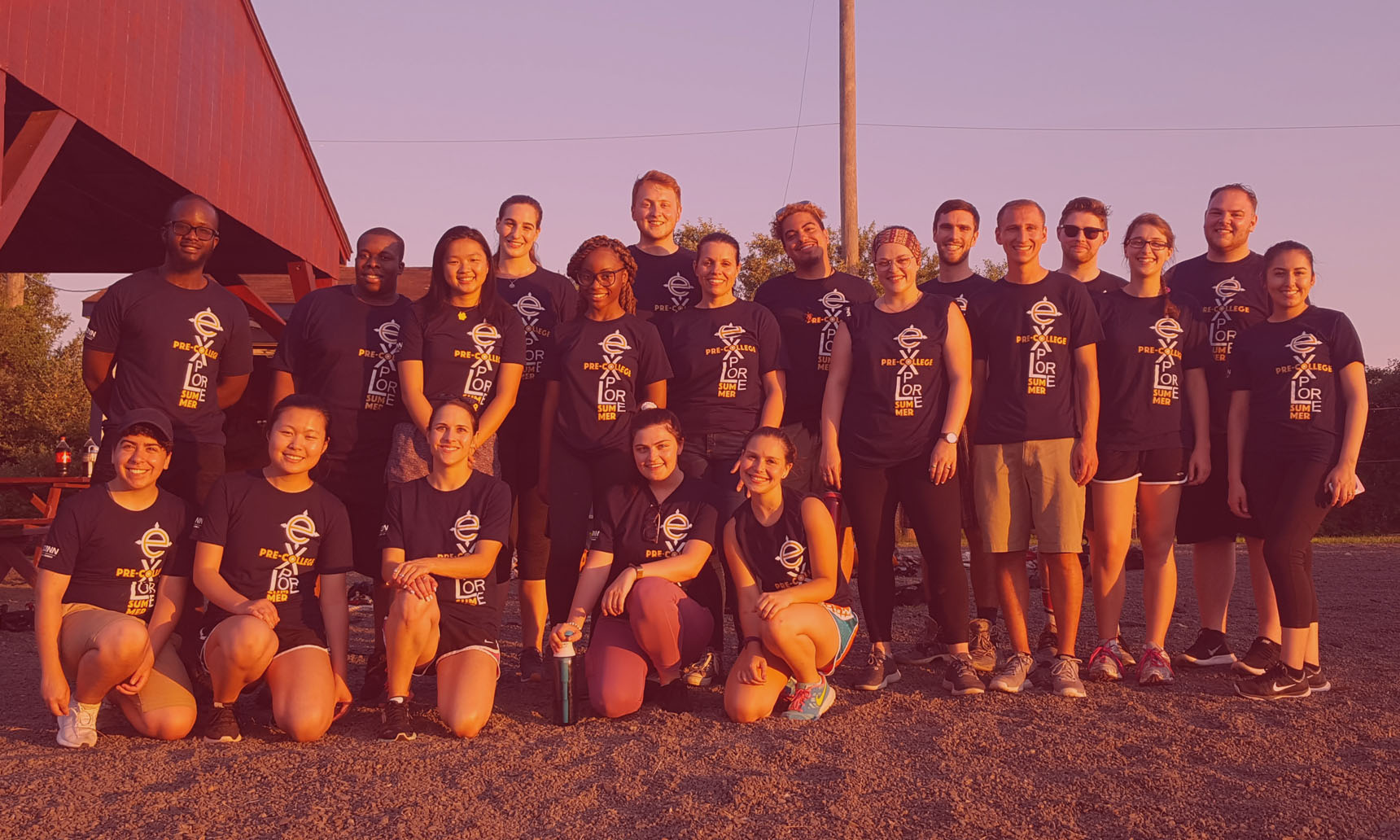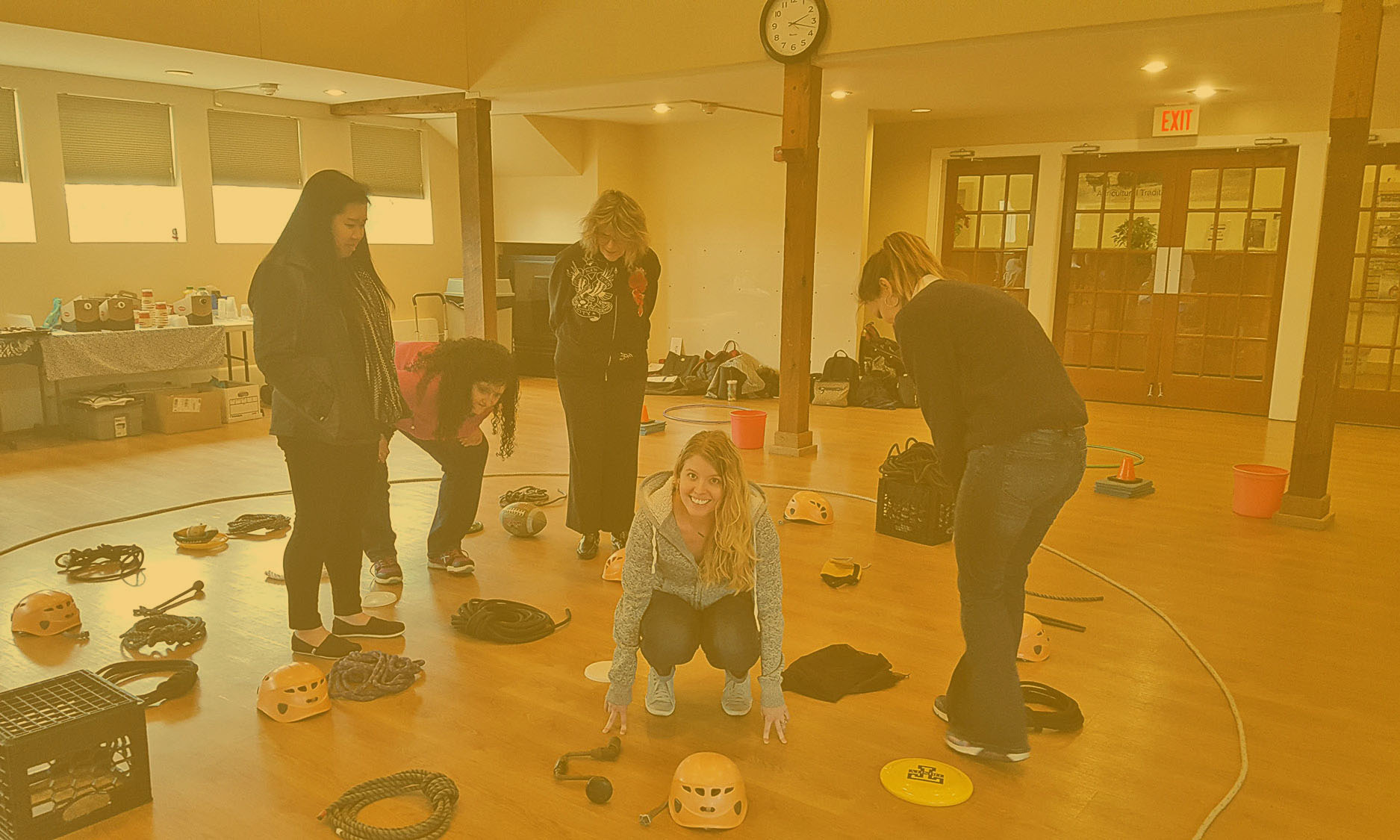Step Out of Your Comfort Zone
Non-productive conflict generally takes up an average of 2.1 hours of employee time every week.1 That is more than 100 unproductive work hours per year, which is costing organizations billions.1 Research has also uncovered the fact that 85% of all employees have to deal with some type of interpersonal conflict in the workplace.1
“Many coworkers tend to spend more time with each other than they do at home with their spouses,” says Joe DeRing, Founder of Empower Leadership. “As with any relationship, coworkers don’t necessarily need to agree on everything, but they do need to learn how to work together cohesively as a team to be most effective.”
Common causes of employee conflict in the workplace include poor communication, personality differences, different values, and unhealthy competition.2 Conflict does not tend to dissipate on its own and needs to be handled in a timely manner.2 If not dealt with appropriately, even the most simple conflicts can develop into complex problems.2
However, conflict should not be confused with collaboration. Traditionally, collaboration is when two or more people work together on a project. When collaborating, a certain amount of contentious discussion, disagreement, and even some tension is expected for greater innovation and outcome.3 The thought that all conflict is bad needs to be discarded and needs to be replaced with the mantra that productive conflict creates value.3 If everyone agrees all of the time, then collaboration is useless.3 On the other hand, if they work together as a high-performing team, the opportunities are endless.
It is imperative for effective teams to have clearly defined common goals that are simple, relevant and measurable.4 These metrics can determine team effectiveness and be a guide for improvement.4 Effective teams work collaboratively and are unified to achieve the common goal, but have a keen awareness of their interdependency.4 “Teammates don’t always have to agree to sort through problems,” notes DeRing. “It’s in challenging each other that everyone on the team can collaborate in order to come up with the best solution.”
An ideal way to improve employee relationships and their understanding of each other is to have them engage in team building experiences. Is it time to interrupt the normal routine at work? Are you ready for a wake-up call? When we embrace new adventures, we are interrupting our everyday flow – for the better! Empower Leadership has a track record for team building and leadership development. Since 2009, our facilitators have helped thousands of people across hundreds of different companies celebrate current successes while planning for future success.
Our services are designed to help each participant:
- Increase confidence in themselves and their team
- Build and improve trusting relationships
- Improve communication and increase motivation to work collaboratively.
By blending fun and exciting adventures with customized team building and leadership models, Empower Leadership can help your team members form closer bonds, communicate more effectively, and perform at more efficient and confident levels.
Exciting and even life changing adventures that are fun and inspire participants to get outside of their personal comfort zone and stretch their limits. “It is in this ‘stretch’ zone that greatness is born, and innovative ideas come to mind,” state DeRing. “It is in this zone that we find the best versions of ourselves and where we are capable of raising the standard, pushing further than we ever have before and excelling beyond our wildest dreams.”
1 Patterson, Michael. Managing the Costs of Conflict … A Novel Idea. Human Capital Review.
2 Johnson, Rose. “What Causes Employee Conflict in the Workplace?” Chron.com, Hearst Newspapers, LLC.
3 Davey, Liane, et al. “If Your Team Agrees on Everything, Working Together Is Pointless.”Harvard Business Review, 31 January 2017.
hbr.org/2017/01/if-your-team-agrees-on-everything-working-together-is-pointless
4 Musselwhite, Chris. “Building and Leading High Performance Teams.” Inc.com, Inc., January 1, 2007.





















